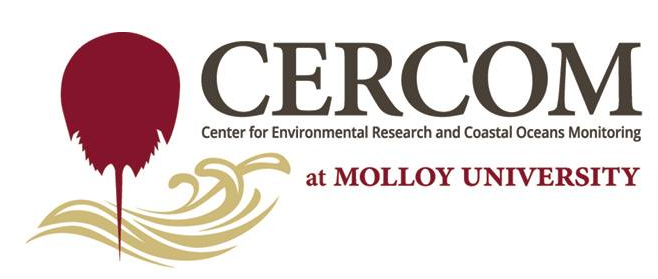Document Type
Peer-Reviewed Article
Publication Date
12-2002
Journal Title or Book Title
Waterbirds
Volume
25
Issue
4
Version
Publisher's PDF
DOI
10.1675/1524-4695(2002)025[0401:AEOPPO]2.0.CO;2
Abstract
This study examines predatory threats to Piping Plovers (Charadrius melodus) nesting at Breezy Point, Gateway National Recreation Area, New York. Several methods used include: 1) an evaluation of reproductive success data with documentation of predation to eggs and chicks, 2) predator surveys, and 3) an artificial nest study. The range of breeding pairs nesting from 1988-1996 was 11-19, with an average of 15.8 (SE ± 0.79) pairs/season. The average number of eggs hatched and chicks fledged per year for pairs was 2.2 ± 0.23 and 0.8 ± 0.16 respectively. Reasons for egg losses often went undetected (68%) but known sources included: tidal flooding (2%), human disturbance (4%), and predation (26%). Reasons for chick loss were generally not detected (99%). For eggs in artificial nests, overall egg removal was 84% and the two main predators based on visible footprints in sand were avian: gulls and crows. Results suggested that gulls predated significantly fewer eggs at artificial nests than crows, although they were more numerous in the area. With artificial nests, the highest egg removal occurred at a gull colony (100%), although losses were similarly high on adjacent beaches and at interior locations (greater than 90%). During the nesting season, highest removal occurred early in the field season (April - 93%) when nesting Common Terns (Sterna hirundo), which mob potential predators, had yet to arrive. Once terns arrived, rates of egg loss at artificial nests in their colony were significantly lower than that at other habitats. It is suggested that crow control, including nest removal, be added to the existing management plan that already involves gull control.
Related Pillar(s)
Study
Recommended Citation
Lauro, Brook and Tanacredi, John Ph.D., "An Examination of Predatory Pressures on Piping Plovers Nesting at Breezy Point, New York" (2002). Faculty Works: CERCOM (1977-2016). 12.
https://digitalcommons.molloy.edu/cercom_fac/12
Included in
Aquaculture and Fisheries Commons, Biodiversity Commons, Biology Commons, Environmental Chemistry Commons, Environmental Health and Protection Commons, Environmental Indicators and Impact Assessment Commons, Environmental Monitoring Commons, Marine Biology Commons, Sustainability Commons, Terrestrial and Aquatic Ecology Commons




